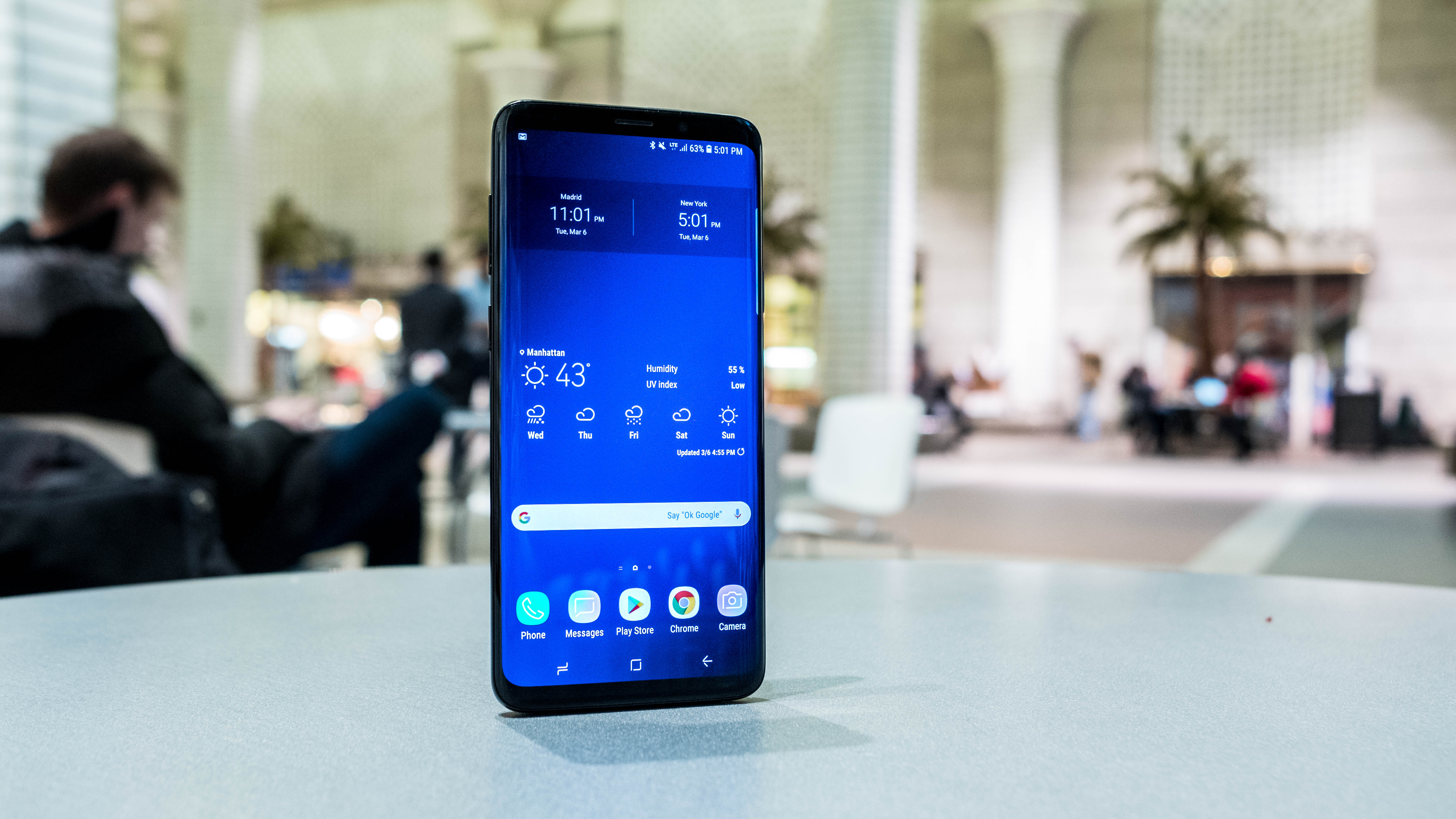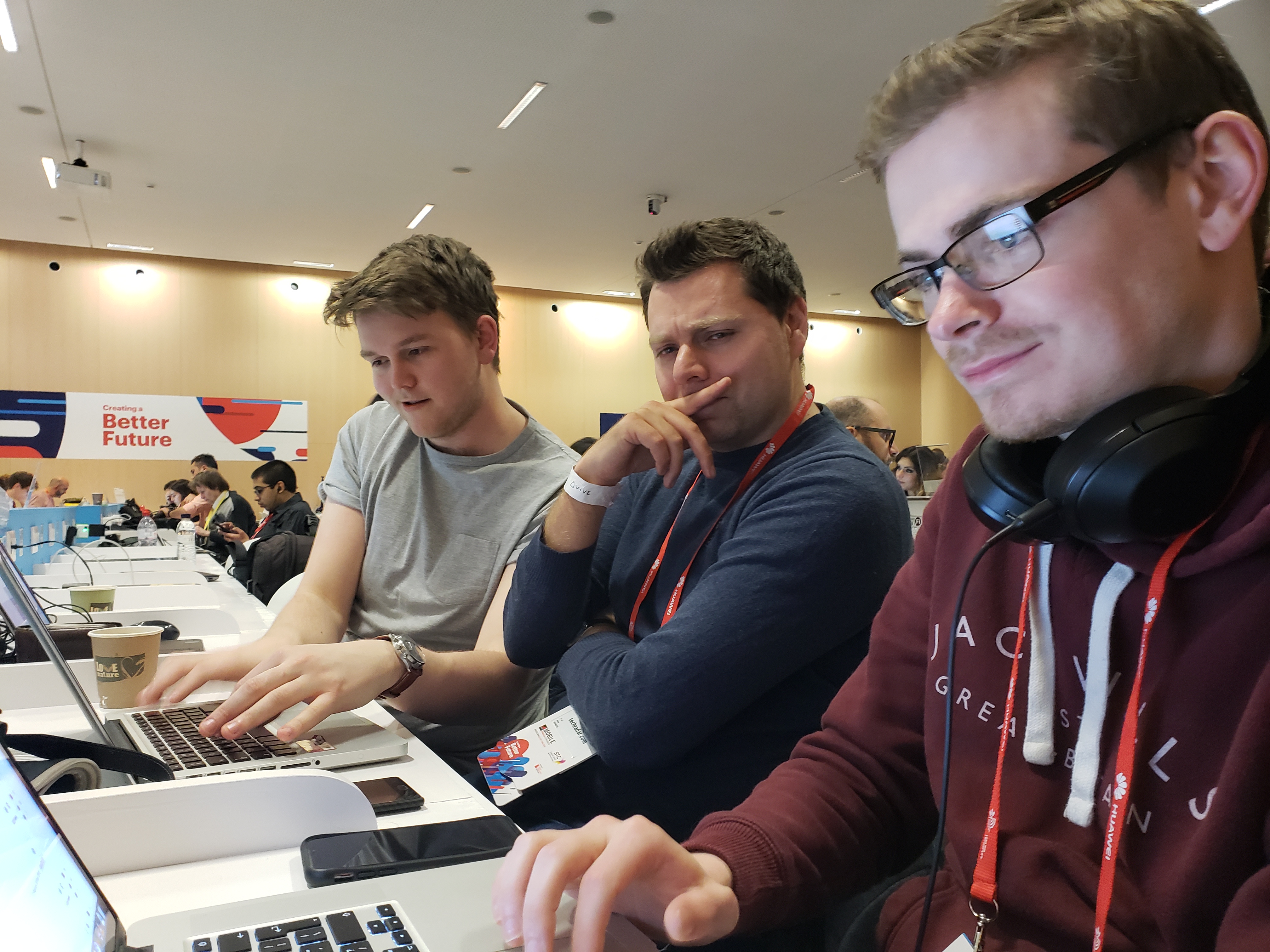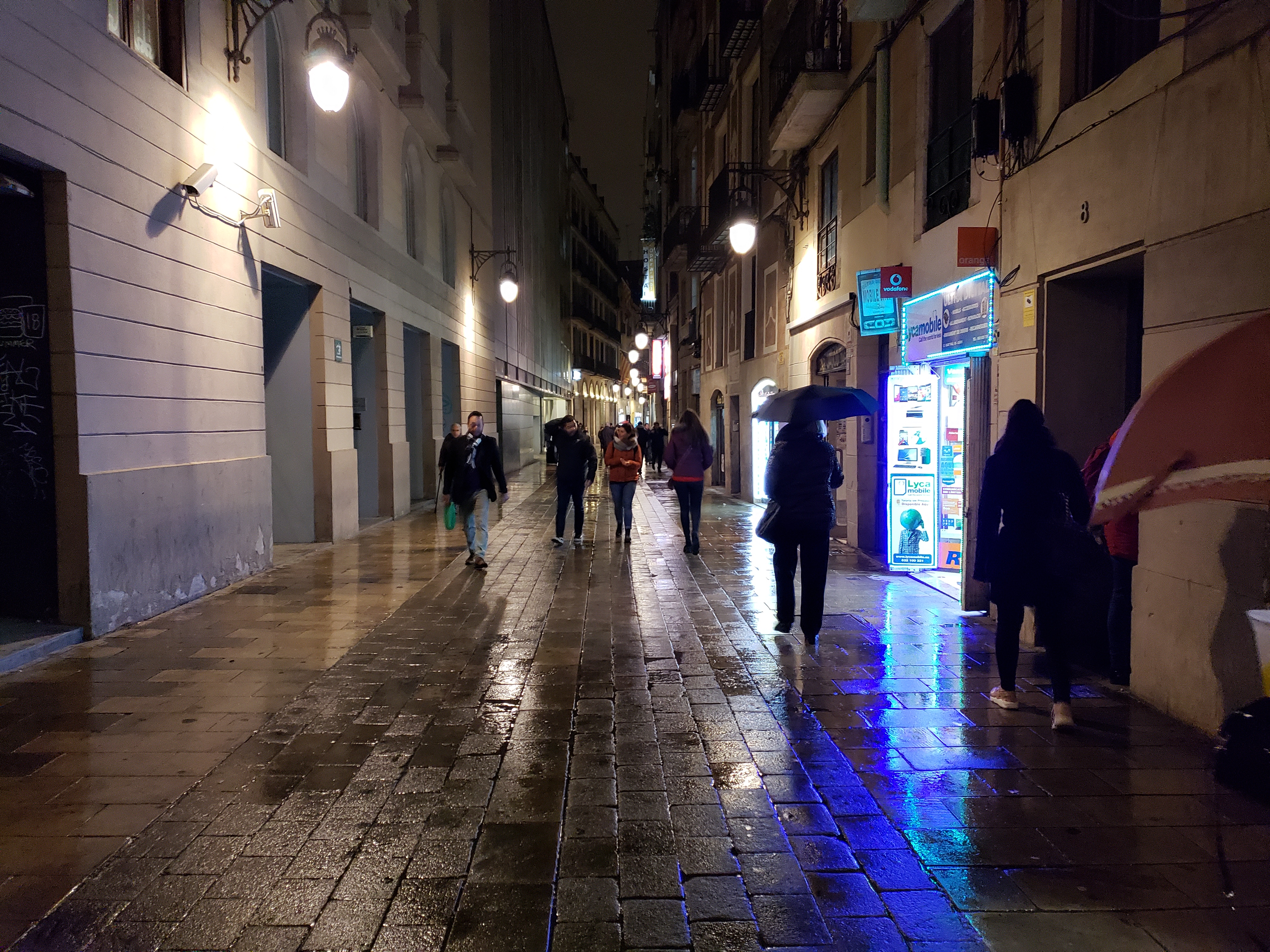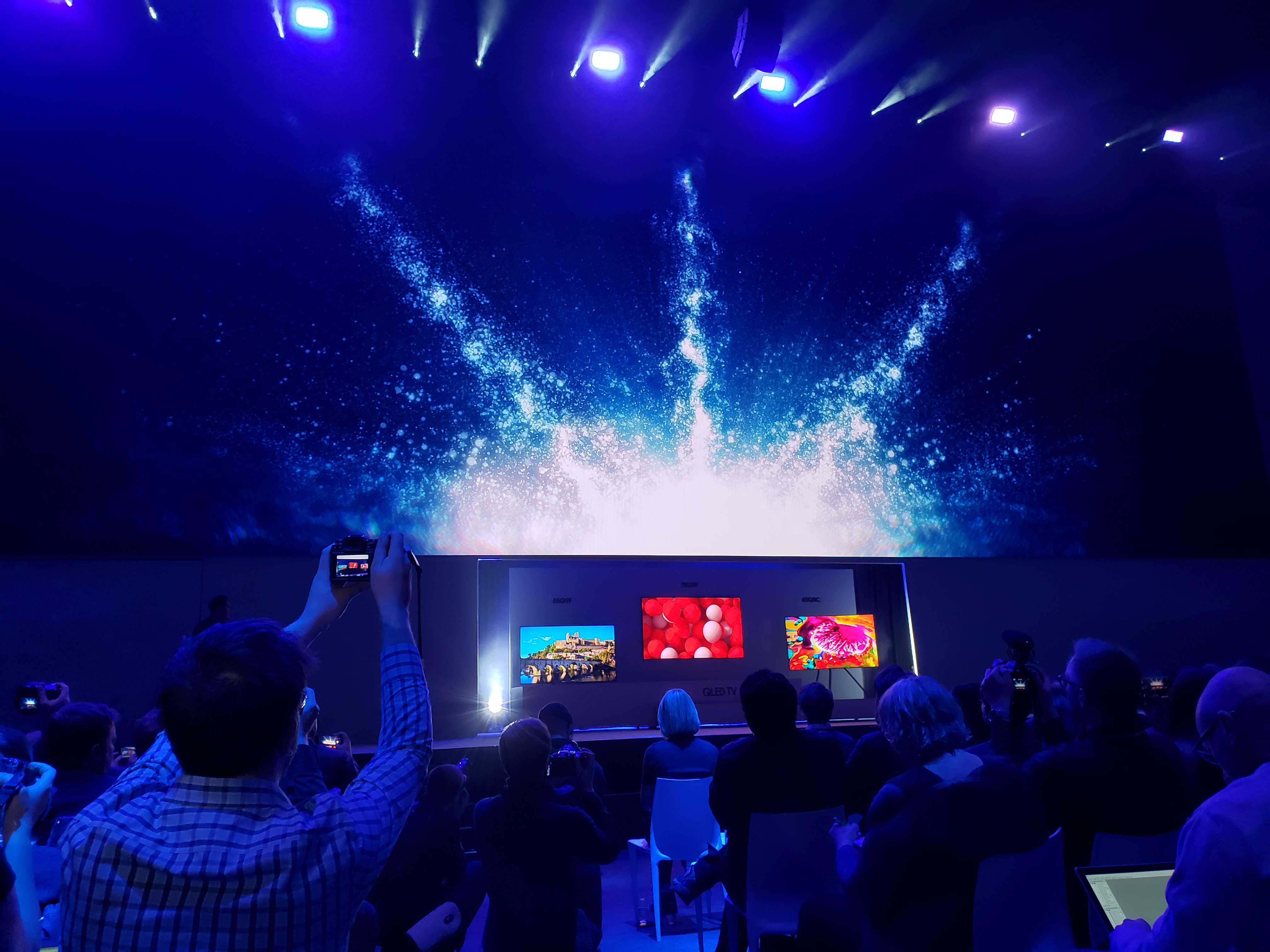Why you can trust TechRadar
Camera
- World's first f/1.5 aperture on a phone
- Dual-aperture technology works like the human eye
- 960fps slow-motion video capture is fun, but grainy
Samsung is ready for all of your nightmarish low-light photo scenarios with the Galaxy S9 Plus camera and its new f/1.5 aperture – a world’s first for a smartphone camera.
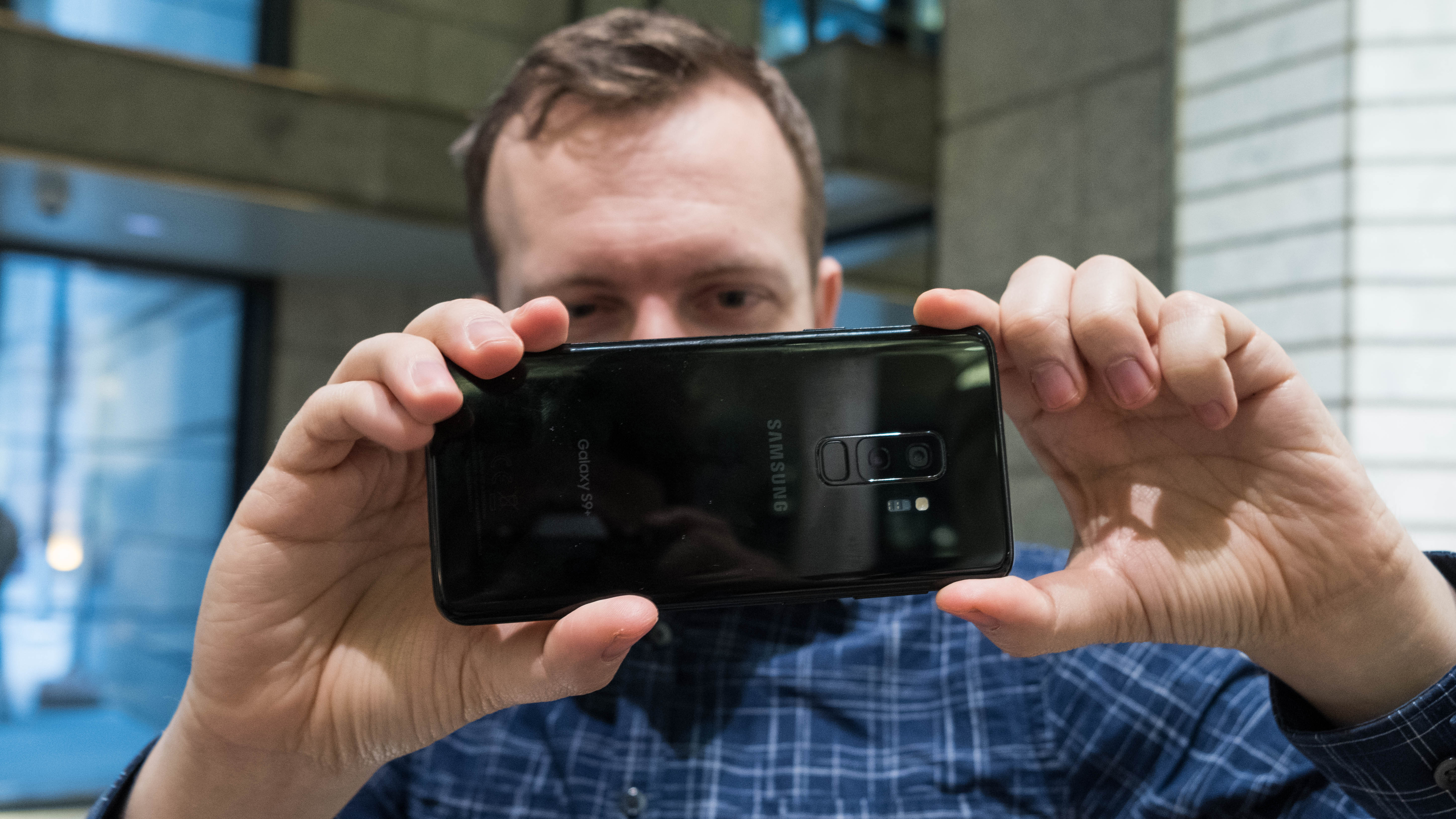
Its magic is Dual-Aperture technology, which switches between an f/1.5 aperture (pulls in more light for darker scenes) to an f/2.4 aperture (reduces the amount of light captured to keep photos from becoming overexposed). Samsung says its mimicking how the human eye adjusts to light.
The S9 Plus is now able to soak in 28% more light with 30% less noise compared to the S8 Plus. It also has the benefit of Samsung adding DRAM to its image sensor stack, allowing photos to be made up of a composite of 12 frames instead of 3 frames. Samsung has made significant camera hardware changes, as opposed to LG’s pure software AI approach with the new LG V30S ThinkQ, and the results speak for themselves.
It’ll look like someone turned on more lights in your dimly lit pub and moody restaurant photos.
All of this groundbreaking camera trickery means it looks as if someone turned on more lights in your dimly lit pub and moody restaurant photos. In fact, you’re going to see the brightest photos yet from a smartphone using the Galaxy S9 Plus, and very little of the noise we’re all used to seeing when phone makers artificially amp up the brightness.
There are sacrifices at f/1.5, however. Photos can look over-processed, with smoothed or waxy skin and an overall lack of texture, at night. It’s also easier to spot glaring motion blur, even if your subjects are hardly moving. Photos are brighter than ones we shot on the iPhone X and Google Pixel 2 XL, but Samsung’s camera does like to omit texture in the name of brightness. It really comes down to a photo style preference.
Rear-facing camera samples





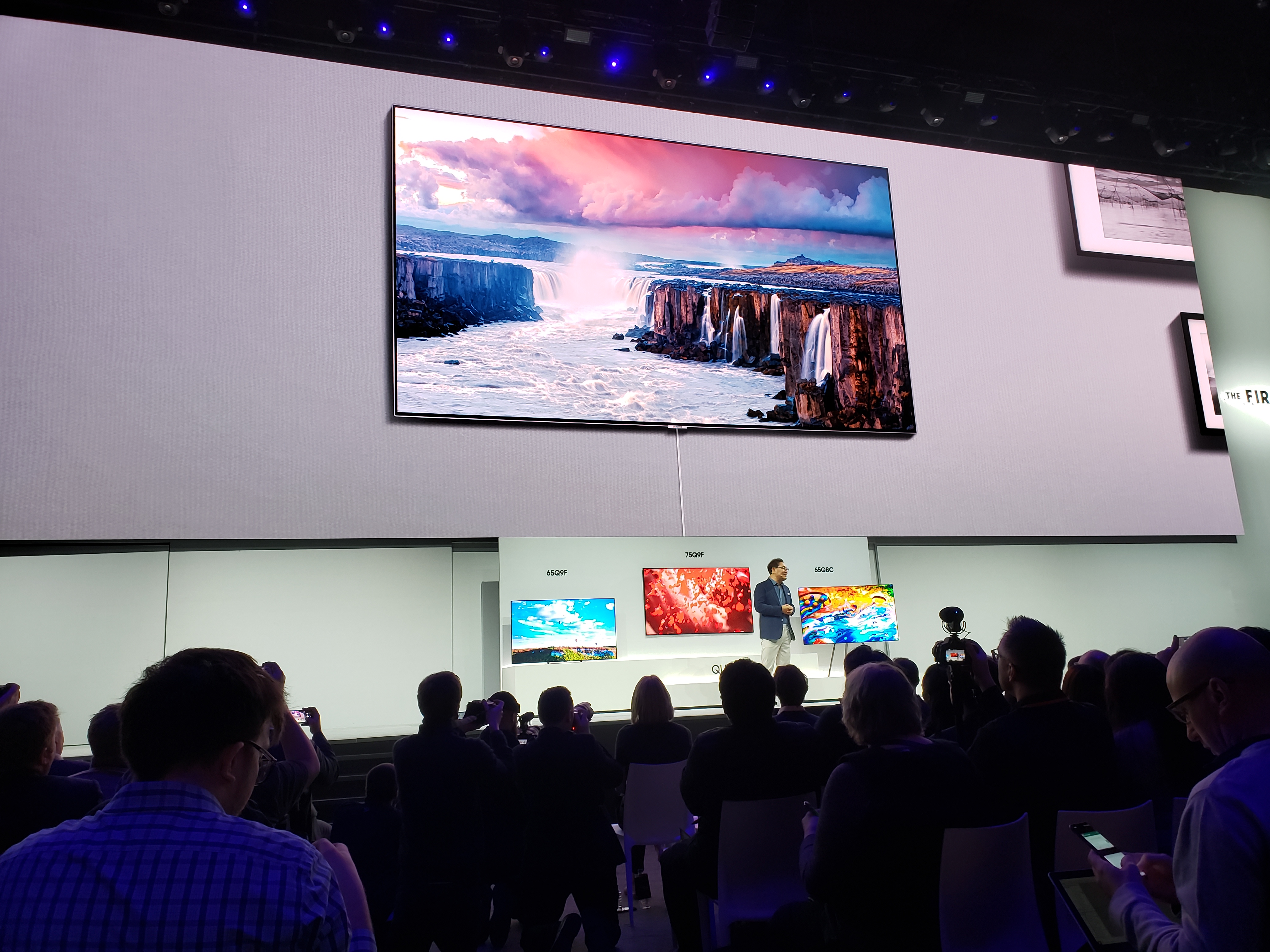
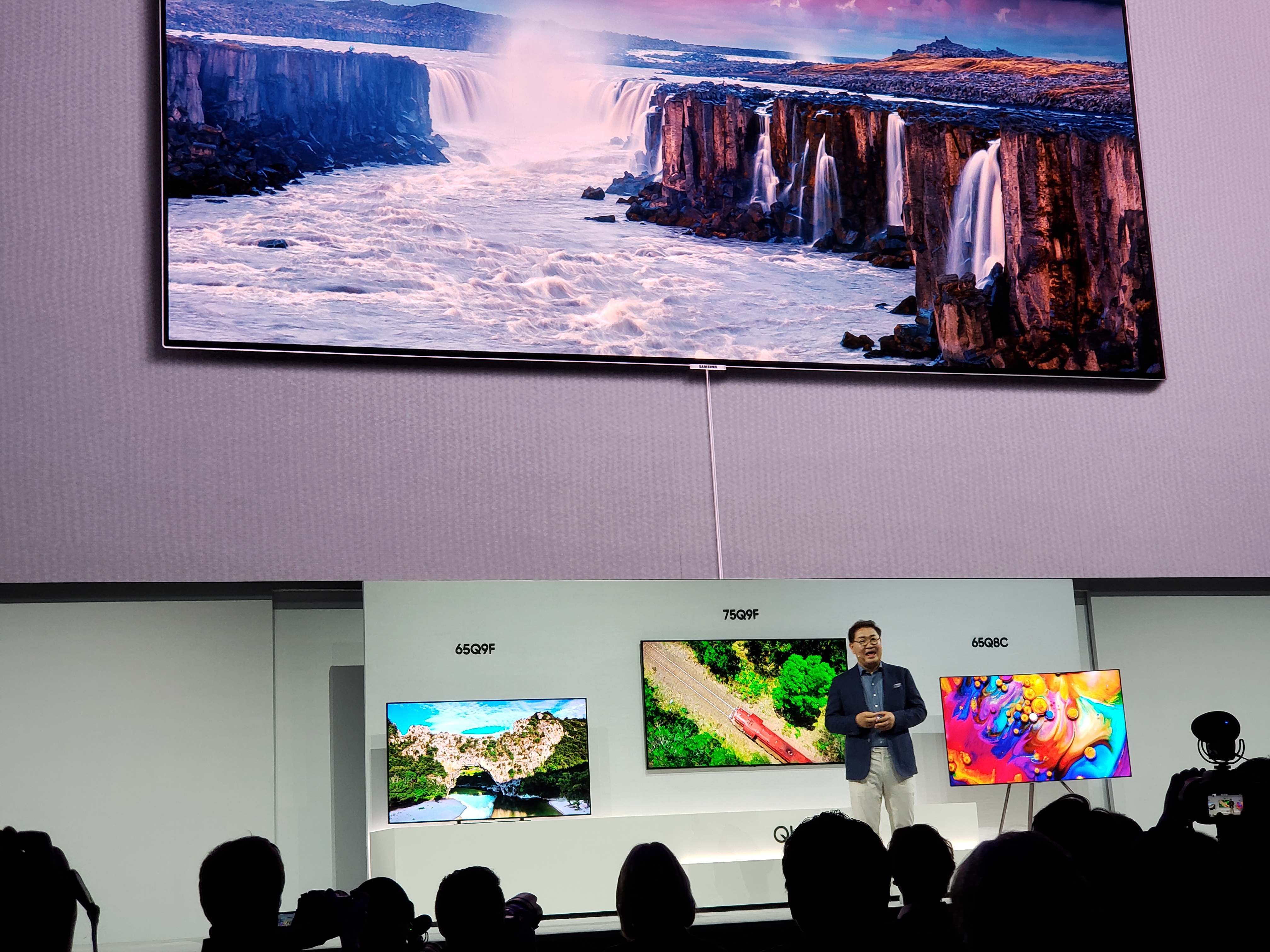
The cameras are different between the Galaxy S9 and Galaxy S9 Plus. Samsung’s larger phone inherits the Note 8’s dual-lens camera feature, which gives it a telephoto lens for optically zoomed-in photos without distortion. This second lens also enables bokeh-rich ‘Live Focus’ portrait photos that never seem to be flawless, but are on par with the background blurring effects the Google Pixel 2 and iPhone X are capable of.
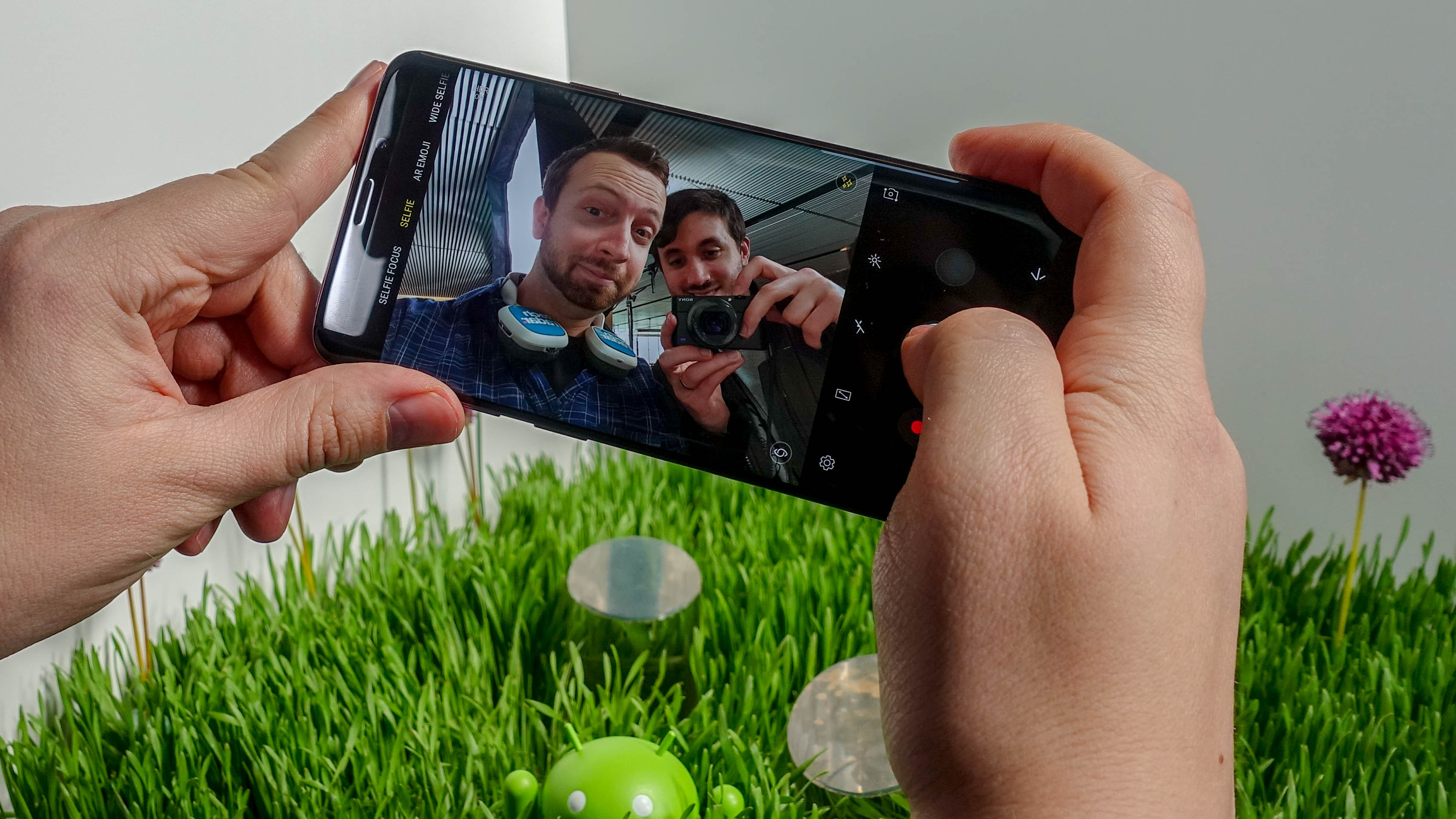
Front-facing camera
The front-facing camera hasn’t changed from the Galaxy S8 Plus to the S9 Plus, using an 8MP sensor with the autofocus capability that’s so far been unique to Samsung’s phones. Pictures out of this selfie camera are bright, but too high in saturation. Samsung’s tendency to make colors punchy works for everything else, including landscape shots using the rear camera, but it can make skin tones appear slightly more red than the iPhone X’s more natural hues.
The best camera app on a phone
What Samsung does best is create a robust, yet simple-to-operate camera app that’s far better than anything Apple or Google have come up with (LG is a close second). Mode switching is an easy left-to-right swipe almost anywhere on the 6.2-inch viewfinder (the names of the modes appear at the top, making using of the tall screen). Toggling the front and back cameras is an intuitive swipe up or down on the screen, while triggering the selfie camera timer is an effortless open-hand gesture. Maybe the best feature is using the fastest way to launch its camera app: just double-press the physical sleep/wake button and you’re ready to snap your next shot.
4K60fps video and Super Slow Mo video
Samsung has added an option for recording 4K resolution video at 60 frames per second, with a reasonable limit of five minutes. It’s sharp, though this mode lacks optical image stabilization and doesn’t support tracking autofocus. The rest of the resolutions, from 4K 30fps on down, do have OIS and the footage looks fluid, same as last year. Samsung also gives you the option of recording normal-speed video in the new HEVC format to save space.
The biggest Galaxy S9 video highlight, however, is its Super Slow Mo video capabilities. We were able to capture slick-looking super-slow-motion video at 960fps, albeit in a noticeably lower 720p HD resolution. It’s grainy if the light isn’t ideal (and sometimes even if it is ideal, as it's slow enough to ruin office space slow motion video by picking up flickering fluorescent light). But the slow-motion effects are absolutely mesmerizing, matching what we’ve seen from the Xperia XZ1 and XZ1 Compact. The 240fps normal slow-mo video has been bumped up to 1080p Full HD, too.
Samsung told us that slow motion has been the most popular video mode outside of automatic, and here’s one more reason to continue wanting to use it: the S9 Plus has the ability to start recording slow-motion video when it detects motion. Timing the press of the on-screen shutter button is always a pain when recording slow-motion video, and this helps alleviate that problem. It’s not perfect if the motion isn’t obvious enough when passing in front of the on-screen motion-detection box, but it’s brilliant when it all works out.
Battery life
- 3,500mAh battery
- Same all-day battery life as the Galaxy S8 Plus
- Fast Charging was speedier in our tests
We’ve tested the Samsung Galaxy S9 battery, and it’s a lot like the rest of the phone: it matches what we saw from the Galaxy S8 Plus a year earlier. That translates into all-day battery life.
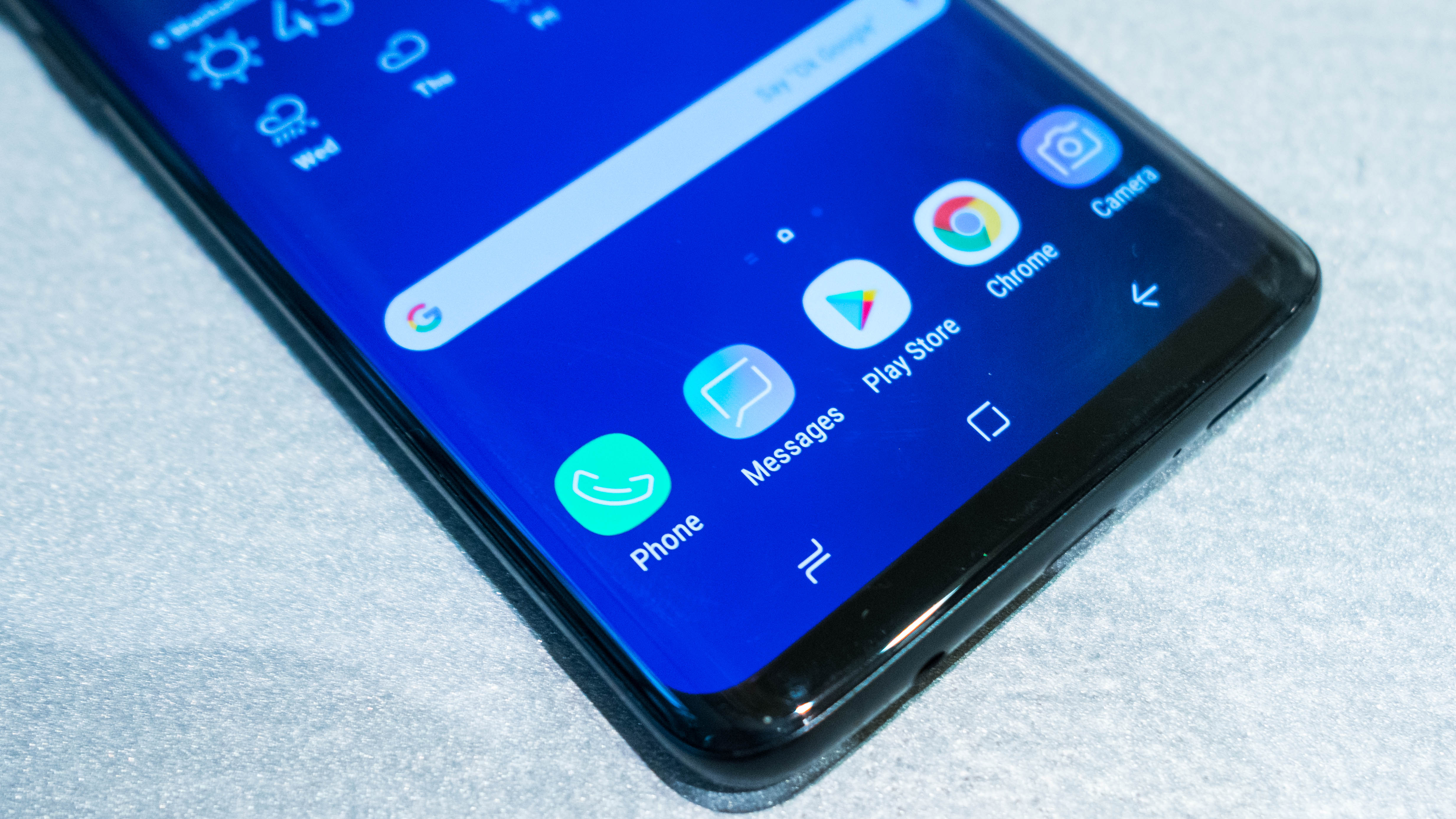
It has a 3,500mAh-capacity battery – the same as last year’s phone – and it’s still bigger than the 3,000mAh- and 3,300mAh-equipped Galaxy S9 and Note 8, though the Galaxy Note 9 has it beat. We were hoping to eke out a few more hours courtesy of the new more efficient chipsets that power the S9 and S9 Plus, but that hasn’t happened.
Samsung, once again, isn’t pushing the boundaries of its battery capacity, perhaps understandably given its missteps with the explosion-prone Galaxy Note 7. However, it has slightly improved charging times, according to our tests.
In our lab test, running a looped HD video for 90 minutes, the battery sank from 100% to 87%, the exact 13% decrease we saw from last year's Plus-sized Samsung phone. However, it has slightly improved charging times, according to our tests.
Fast Charging the S9 Plus with the included charger for just 15 minutes brings it from 0% to 19%, and 30 minutes gets it to 38%; at 45 minutes, the phone gets up to a comfortable 58%. In the end, it takes one hour and 41 minutes to reach 100%, the same as the Galaxy S8 Plus. But from a dead battery, it charges faster at those crucial lower levels.
Samsung also supports fast wireless charging, and sells a bunch of wireless charging pads. Its Qi wireless charging method still isn’t as quick as wired charging speeds, but it’s faster than you can wireless-charge an iPhone X.
Current page: Camera and battery life
Prev Page New speakers, interface and specs Next Page Verdict and competition